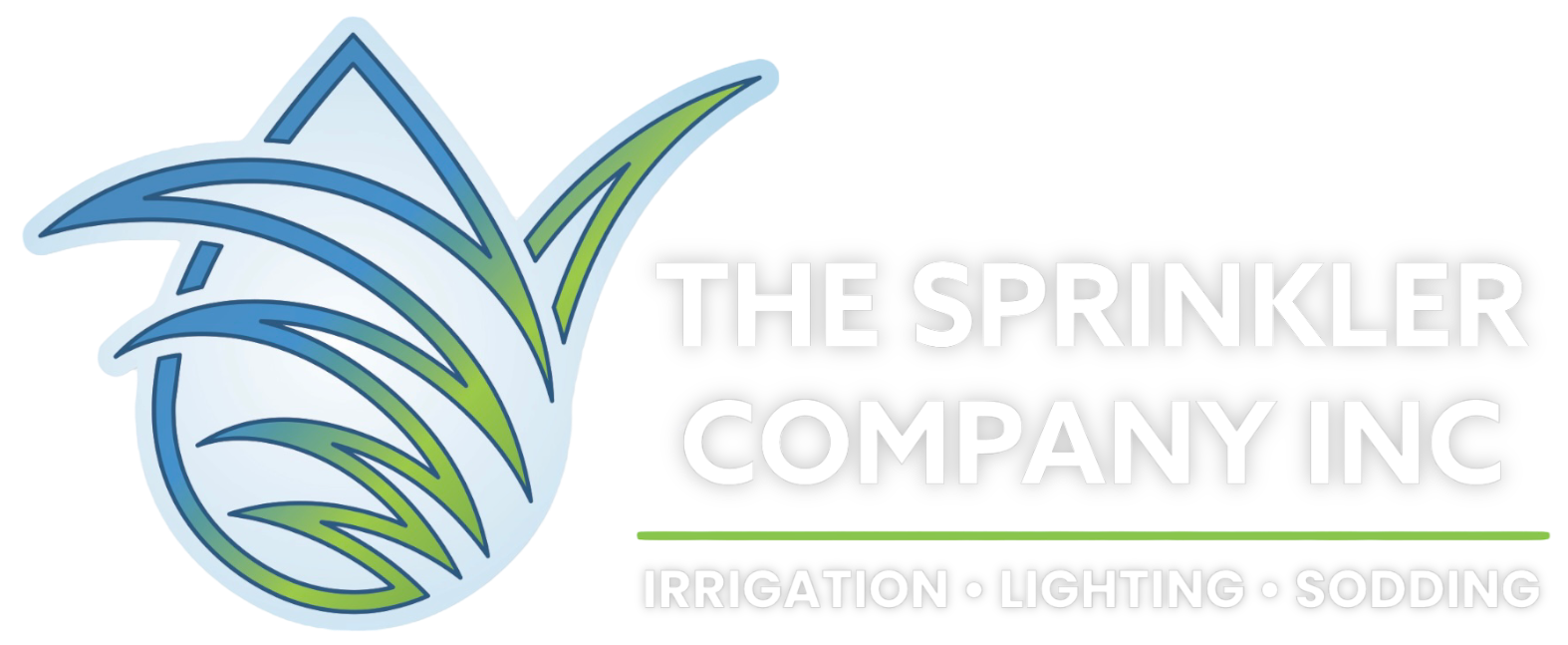Drainage for winterizing irrigation
How To Protect Your Irrigation System In Winter?
Here’s what you need to know about Winterization.
Introduction to Winterizing Irrigation with Proper Drainage
As winter approaches, the importance of preparing your irrigation system for the cold cannot be overstated. Failing to winterize your system can result in costly damage, inefficiency, and wasted resources come spring. At the heart of this preparation is proper drainage. This introductory section serves as your guide to understanding why drainage plays a pivotal role in winterization.
Winterizing your irrigation system with adequate drainage ensures that excess water is removed from pipes and components, preventing freezing and the damage that follows. Frozen water can lead to burst pipes, cracked valves, and impaired functionality. Drainage is the key to safeguarding your investment and ensuring that your irrigation system remains in top condition for the growing season ahead.
In the following sections, we will delve deeper into the significance of drainage, step-by-step instructions for achieving it, and the best practices to maintain a well-drained system, ensuring your landscape thrives when warmer days return.
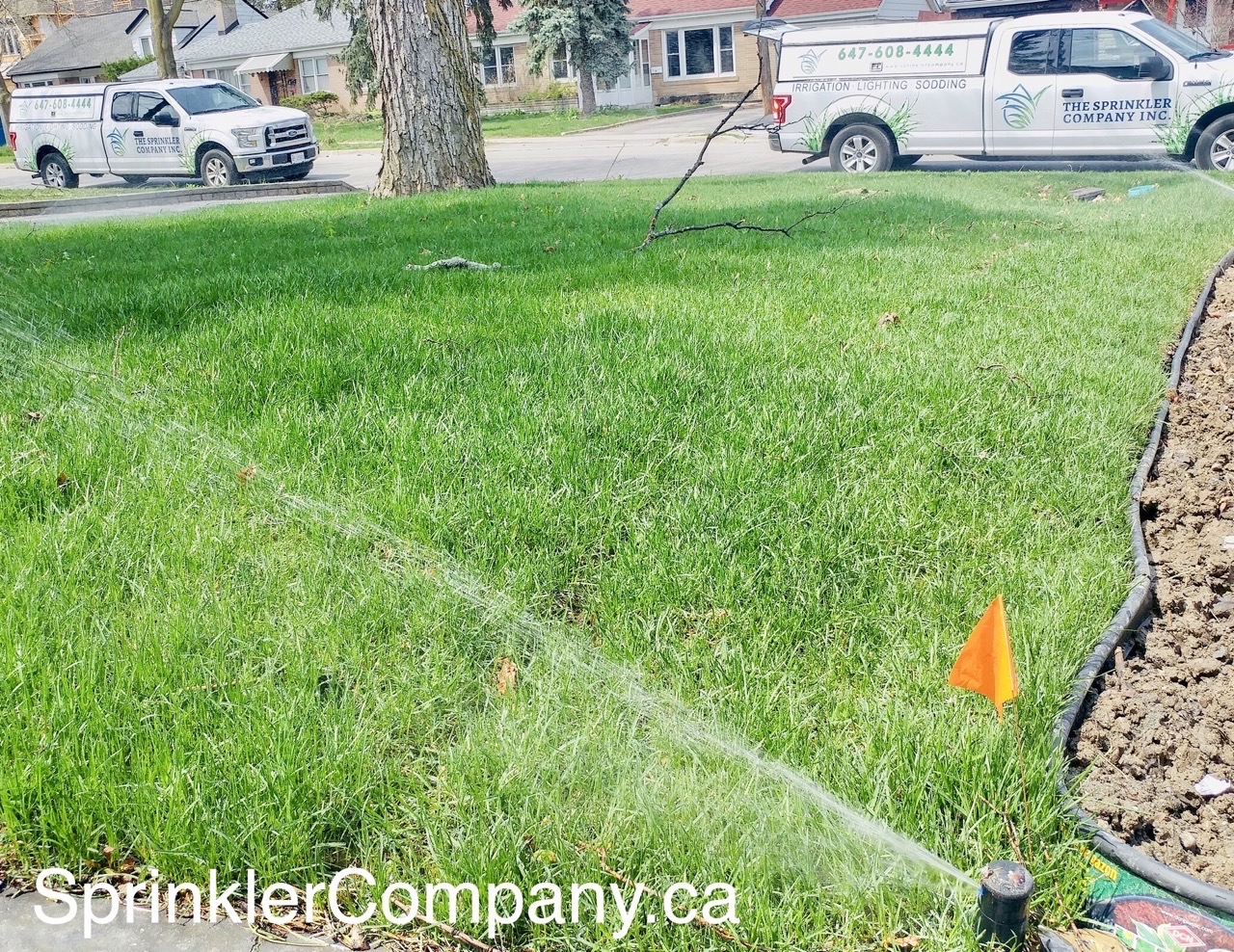
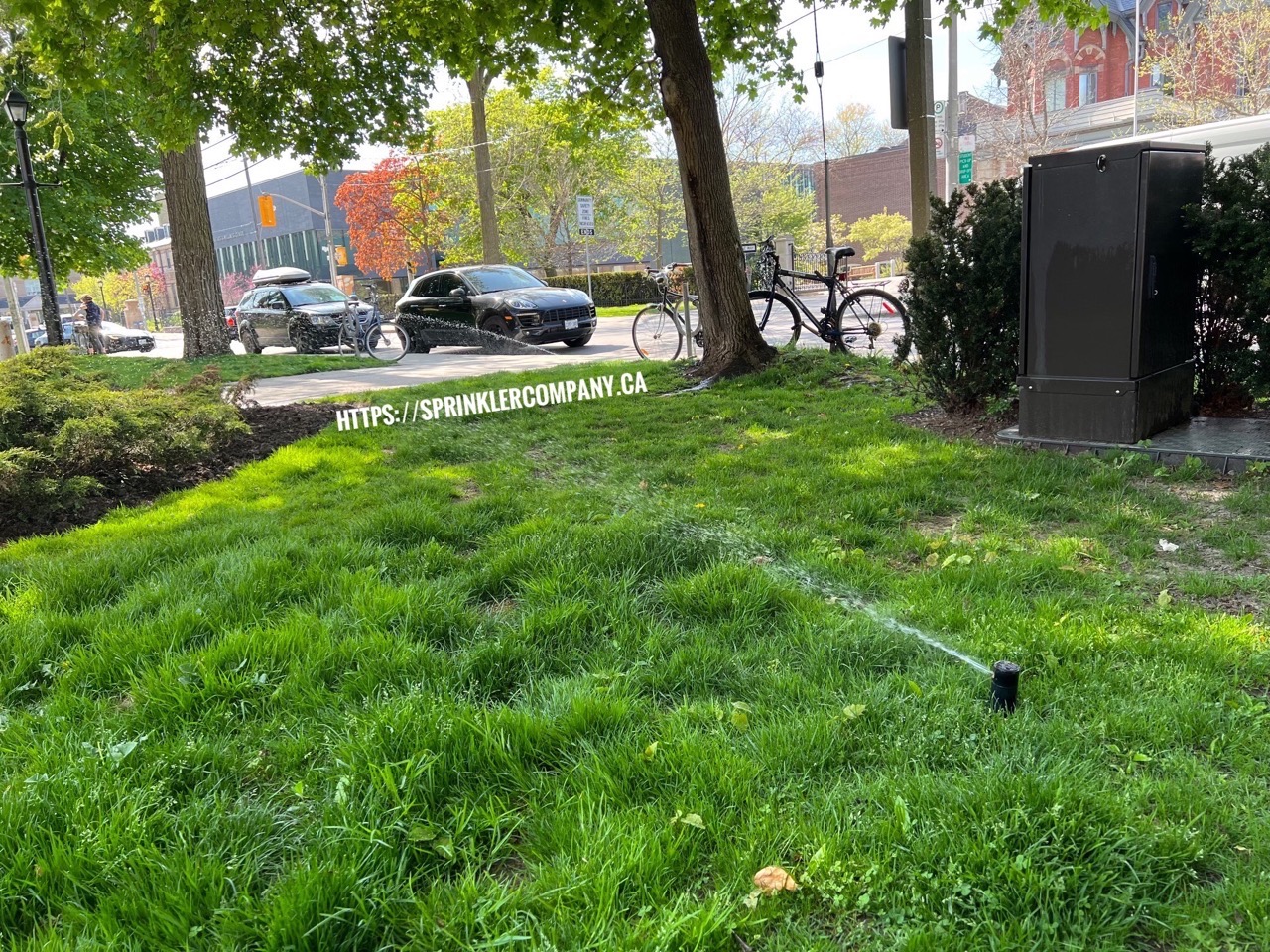
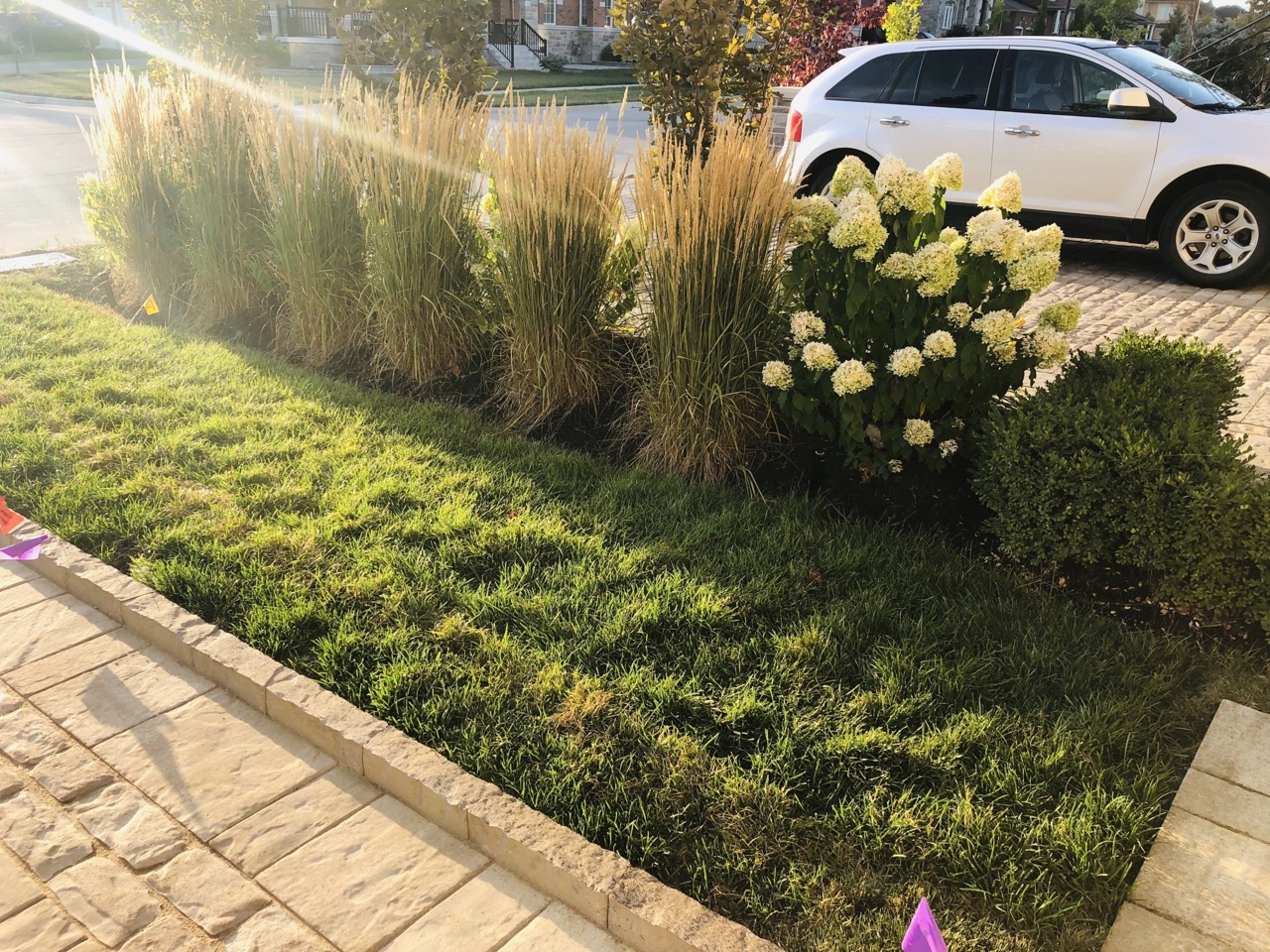
The sod-growing farmers take excellent care of the turf when it is growing on their farms. We get our sod the same day that it is cut from the farm, and delivered straight to your door. It is regularly watered, well kept, and fertilized, which enhances the growth of roots and makes them strong and significantly more resistant than regular seeded grass.
Sodding services typically provide the sod and handle the installation process for you.
In our company, we install Kentucky bluegrass. It is a popular cool-season grass species commonly used for lawns, sports fields, and golf courses. It is known for its fine texture, dark green color, and ability to recover quickly from damage. Kentucky bluegrass grows well in regions with cool summers and cold winters and prefers full sun to partial shade. It needs regular watering, fertilization, and mowing to maintain its appearance.
Why Drainage Matters?
Proper drainage removes water from pipes and components, preventing freezing during cold winter temperatures. This prevents costly damage, such as burst pipes and cracked valves, which can occur when water freezes within the system.
Drainage safeguards the integrity of your irrigation system. When water freezes and expands within pipes, it can lead to cracks and leaks. Maintaining proper drainage helps prevent these structural issues.
Inadequate drainage can result in water remaining in the system, which may leak out or create ice buildup. This not only wastes water but can also damage plants and surfaces when the ice melts.
Proper drainage ensures that the irrigation system can be restarted efficiently in the spring. Without it, water left in the system can cause delays, inefficiencies, and costly repairs when trying to resume normal operation.
Drainage is an essential part of routine maintenance. By including drainage as a winterization step, you extend the life of your irrigation system, reducing the need for frequent replacements and repairs.
Steps for Proper Drainage
Begin by shutting off the main water supply to your irrigation system. This ensures that no additional water enters the system during the winterization process.
Open all drain valves or drain plugs located throughout the irrigation system. These valves are typically found at low points in the system to allow water to drain out naturally.
Use an air compressor to blow out any remaining water from the irrigation pipes and components. Start at the farthest point from the water source and work your way back to ensure all water is removed. Properly adjust the air pressure to avoid damaging the system.
If applicable, remove and store any components like sprinkler heads, hoses, or filters. Clean and inspect them before storing to ensure they are in good condition for the next season.
After draining, consider insulating above-ground components like backflow preventers and valves to protect them from extreme cold. Insulation materials and covers designed for this purpose can help prevent damage.
Best Practices for Winterizing Irrigation with Drainage
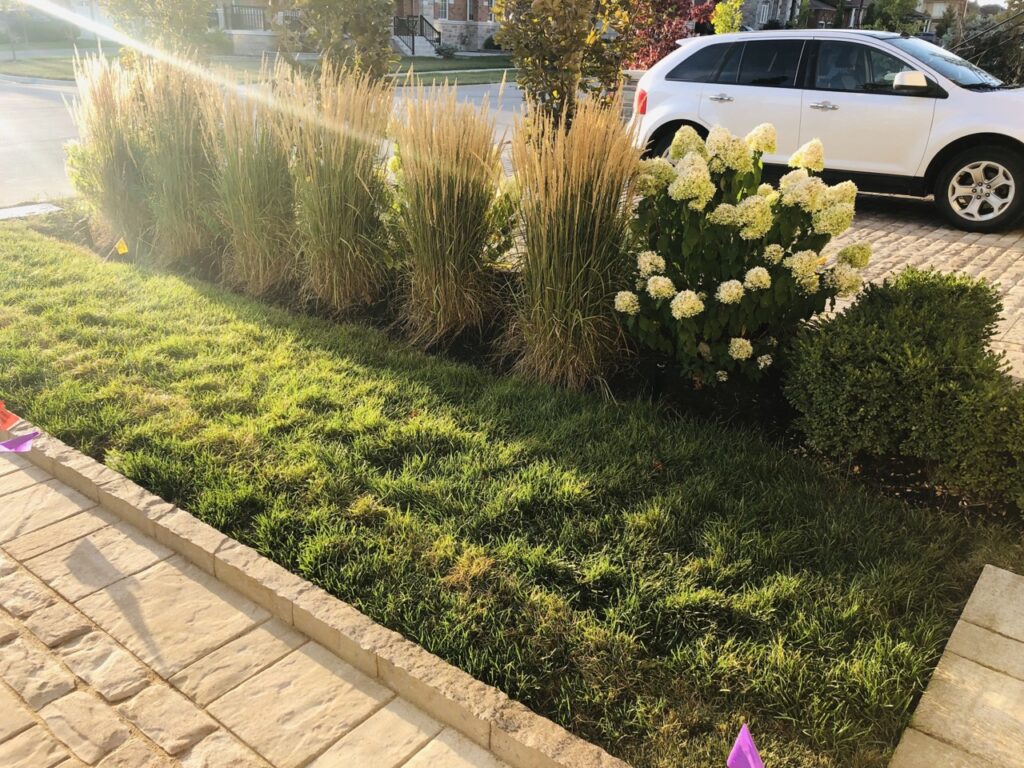
To ensure a seamless transition into the colder months, adhering to best practices for winterizing your irrigation system with proper drainage is paramount. Begin by planning well in advance, giving yourself sufficient time to complete the process meticulously. Always defer to the manufacturer’s guidelines for your specific equipment, as they provide tailored instructions for winterization. Regular year-round maintenance, including addressing any leaks or clogs, is crucial for optimal drainage. When in doubt or dealing with complex systems, consulting a professional irrigation specialist can be a wise investment to safeguard your system against freezing, damage, and costly repairs, ultimately preserving its longevity and functionality for the seasons to come.
